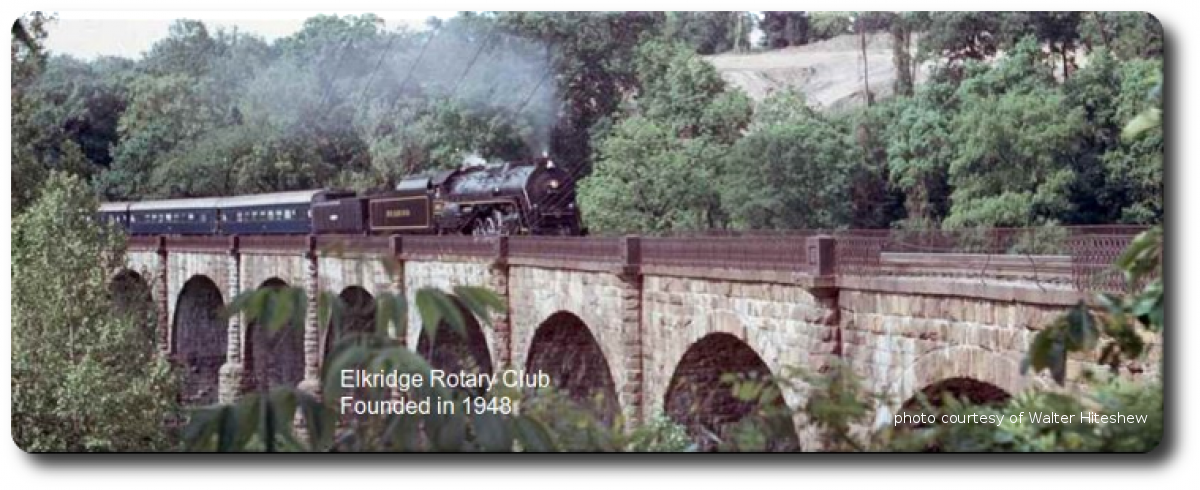Elkridge was a part of Anne Arundel County until it became part of Howard County . It is one of the oldest towns in the State. Located on the Patapsco River, it was developed as a place where tobacco farmers near the River could bring their tobacco crops to be loaded on English trading ships. Elkridge Landing was built as the seaport dock . The river was at least 30 feet wide and 12 feet deep.
Elkridge Landing was a destination for many trading ships and Captain John Smith mentioned in one of his ships logs the richness of the red banks along the Patapsco. Pig iron and forging were among the first industries including basket weaving, paper, cotton and grist milling.
Due to decades of silting, the river is much smaller, narrower and shallower; under 4 feet deep in most places. On a positive note, the Maryland Department of Natural Resources stocks the river with Rainbow Trout each spring.
The Thomas Viaduct, located over Levering Avenue at the entrance to the Patapsco State Park, is the oldest stone curved bridge in the world. Built in 1833, its architect was Benjamin Latrobe, Jr. At the time of its completion, it was expected to last a hundred years, that is, if it did not collapse when the first large engines tested its strength. It has survived three major floods, and latest estimates are that the bridge will last another 500 years in service.
The B&O first used horse-drawn coaches in relays, hence Relay Station was added. The Viaduct also carried the Tom Thumb and the first telegraph message from Washington, D.C., stating: “what has God wrought?” was wired across to Baltimore.
Elkridge also has historic churches, including Melville Church on Furnace Ave. Its original building was the first Methodist church built (late 1700s) and was visited on the circuit rides of Francis Asbury. Saint Augustine Church, on Old Washington Blvd., was originally built in 1845.
Elkridge did not escape the Civil War. Union troops guarded the Viaduct and the thoroughfare to Baltimore City by camping on Lawyers Hill, a community of summer estates built by residents such as Caleb Dorsey (“Belmont”), Baltimore City Supreme Bench Judge George Washington Dobbin (the “Lawn”), Thomas Donaldson (“Edgewood”), John Latrobe (“Fairy-Knowe”), and the Penniman family home (“Wayside”). Some of these families had slaves. The historic Lawyers Hill homes remain in the National Historic Trust.
Skip to content

